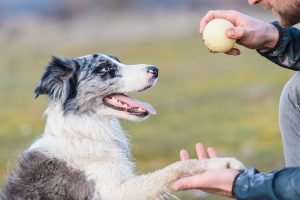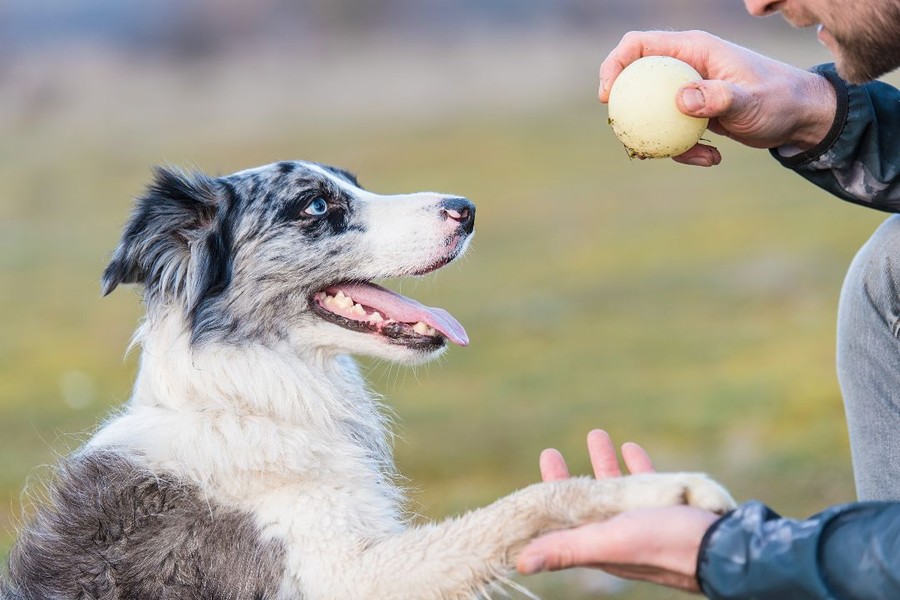When your dog isn’t listening, jumping on guests, or dragging you down the street on a walk, it can feel frustrating — but you’re definitely not alone. Whether you’ve just brought home a new pup or you’re dealing with an older dog’s habits, training is something every dog owner has to deal with sooner or later. The good news? A few simple changes can lead to big improvements in behaviour, and it doesn’t have to take months.
Here’s how you can start seeing results quickly — without confusing your dog or feeling overwhelmed in the process.
Stay Consistent With Your Commands
One of the biggest mistakes people make is changing up the way they give instructions. If you sometimes say “come here” and other times say “come on” or “this way,” your dog won’t learn what you actually want. Dogs need clear, repeatable cues. Pick a command and stick to it. Use the same words, the same tone, and the same hand signals each time.
It’s also helpful to make sure everyone in the household is on the same page. If one person allows the dog on the couch and someone else tells them off for it, you’ll just confuse the poor thing. The more consistent you are, the faster your dog will catch on.
Reward Good Behaviour — Every Time
Dogs respond best to encouragement. If your dog sits when you ask, comes when called, or ignores a distraction, reward them straight away. This can be with a treat, a pat, or a cheerful “good dog” — whatever they respond to best.
Timing is key. If you wait too long, your dog might not connect the reward to the behaviour. Make it clear and immediate. That way, they’ll start choosing good behaviour because they know it gets a positive result.
Keep Sessions Short and Regular
It might be tempting to cram in an hour-long session and hope it sticks, but dogs learn better with short, regular training. Even 10–15 minutes a day is enough to make progress — especially when you’re starting out. Dogs have limited focus, and shorter sessions help keep things positive and avoid frustration on both sides.
In between formal training sessions, work on simple things like asking for a sit before dinner, or a stay while you open the door. These little moments all add up and help reinforce the basics.
Don’t Train When You’re Tired or Frustrated
This one’s for you, not your dog. If you’re tired, distracted, or getting annoyed, it’s better to leave the training for another time. Dogs pick up on your energy and tone, and if things start feeling tense or rushed, they’ll tune out or become anxious.
Training should be calm and positive. It’s not about showing your dog who’s boss — it’s about building trust and understanding. When you’re both in the right frame of mind, everything clicks a lot quicker.
Get Support When You Need It
Sometimes, no matter how hard you try, you hit a wall. Maybe your dog is reactive, anxious, or just doesn’t seem to respond. That’s when it’s worth getting expert help. A professional trainer can look at what’s going on, show you techniques that match your dog’s personality, and guide you through the tougher moments.
For anyone looking for dog training in Wangaratta, having local trainers who understand how to work with both dogs and their owners can make a huge difference. The team at TCWD has helped many owners turn things around with a personalised approach, built on real-world results and patience.
If you want to see real changes and a better bond with your dog, booking the best dog training in Wangaratta could be one of the smartest moves you make.
















